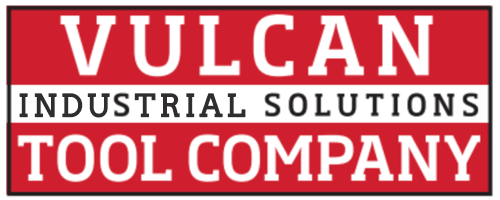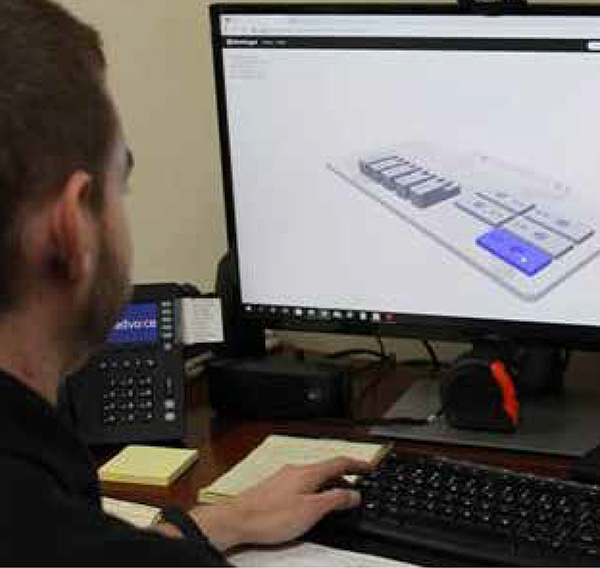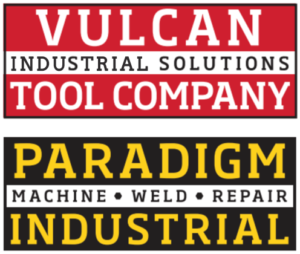ASHLEY WEBB
Owner
PARADIGM INDUSTRIAL
“Have you thought about printing it?”
I ask this question daily. I’m confident that most people I work around have heard me ask this question to both co-workers and customers. More often than not the answer is—no. In fairness, most of these conversations do not lead to a new job for our 3D printing equipment. Additive manufacturing still has many limitations. You can only print with certain materials and there is significant time involved in the additive process. In some cases, dimensional accuracy and finish quality for particular applications cannot be met by 3D printing. However, as time passes these limitations are decreasing as innovations are introduced by the numerous equipment manufacturers who have entered the additive marketplace.
I don’t push 3D printing every day because we are a niche additive manufacturing company. In fact, we operate very traditional job shops at all three of our locations and 3D printing is a small percentage of the work we do. I ask about additive options daily because I see their ever-increasing capabilities and understand that much of what we consider traditional machining and fabrication will change over time. When I made the decision to purchase our first 3D Printer, we had no pipeline of additive work and no one at our company had any experience in this area of manufacturing. I made the investment because to be relevant in 10 years we would need both.
For many current requirements, additive manufacturing is relevant today and we do not have to wait a decade before we can produce a quality product that brings added value. But even if a 3D printed part can meet or exceed all of the specifications in the scope of work, it is still a different manufacturing process. In some cases, this alternative is not considered because the work automatically flows to vendors who use the same traditional manufacturing processes that have always been used for this particular product. In other instances, buyers are reluctant to try a new manufacturing method. The later is most prevalent when there is a proven process in place. In this situation, the security of knowing you can get a reliable part from the traditional procedure is more valuable than any potential benefits of using an additive process.
Here are some ways you can position yourself to remain open to additive manufacturing options and increase your confidence in parts these processes can provide:
Seek to understand vendor capabilities. If a supplier mentions additive options take a moment to ask about their 3D printing capabilities. Find out details such as work envelope size, material options, programming formats, and current machine utilization. Knowing these details can help you determine when it is a good fit to ask for a 3D printing quote. We really appreciate it when a customer is willing to take the time to learn about our equipment and what it can do. Furthermore, we both benefit when our customer provides models in the appropriate format. We know this isn’t always feasible, but when it is, we save time and the customer saves money.

Focus on needs instead of specifications. Sometimes it is a good practice to take a step back and communicate with your supplier what you want to accomplish instead of what you want made. This obviously is not possible for every job, but when you can, make use of your vendor’s expertise and let them help you find the best possible option for achieving your desired outcome. You may end up with a solution that is very different than what you expected prior to the start of your conversation. Working with a supplier that offers a full range of manual and CNC machining as well as 3D printing capabilities can help ensure you are presented with multiple options that will accomplish your objectives.
Request a comparison estimate. The next time you request an estimate for a machined part from a supplier you know has 3D printing capability, ask them to provide an estimate for printing the same parts if possible. If not, see if they can explain why it would not make sense to print the parts. This does not represent a significant amount of extra work on the part of your supplier, but it will help you start to gain an understanding of the difference between additive and traditional parts in terms of cost and function.

Ask for a printed version of your next part. If you place an order for machined parts, ask if your supplier can provide a 3D part along with your order. There is nothing like holding a machined detail in one hand and the same part that has been 3D printed in the other to compare the two processes. If the CAM model has already been produced for a traditional CNC operation and the cost of the 3D printed piece can be spread across multiple parts in an order, the overall additional cost may be minimal. There is a good chance that your supplier will cover some, if not all, of the cost to provide you a unique 3D printed sample that you can actually install and test for your particular application. What better way to show a customer how well a 3D printed part can perform?
An additive mindset requires openness to the process and tolerance for the risk that comes along with doing something new. Given that we are in a period of rapid technological advance with regard to additive manufacturing, there is significant opportunity to find competitive advantage for those willing to adopt this viewpoint. Finding a supplier who can partner with you to make additive options available while helping mitigate the risk of transition from traditional processes is very important. Additive manufacturing won’t always be a fit, but to find out someone has to ask:

“Have you thought about printing it?”


